
Just three months after its purchase by the Frazer-Nash technology company, Bristol Cars organised a run from its famous High Street Kensington showrooms to the new owner’s high-tech offices in Surrey.
The cavalcade included cars supplied by the owners' club, showroom stock and company demonstrators (your Editor taking the wheel of a very orange Bristol Fighter), with such luminaries as members of the Bristol Heritage Trust and Sir George and Lady White, from the family which originally owned the company.
Bristol did, of course, start making cars just after WW2 as an offshoot of the Bristol Aeroplane Company, a means of giving work to the many skilled metal-workers trained for wartime levels of production.
The message the new owners of the company were keen to get across was that not only is Bristol Cars still open for business, but the new set-up will ensure that the supply of parts, special tooling, restoration and upgrade work on older cars (yes, they can fit a DAB radio or mobile phone installation to a 65-year-old model...) is guaranteed, and backed by a well-funded, British company. Who’d have thought of the word ‘computer’ associated with Bristol? Well, they’ve got them apparently, and will be buying more.
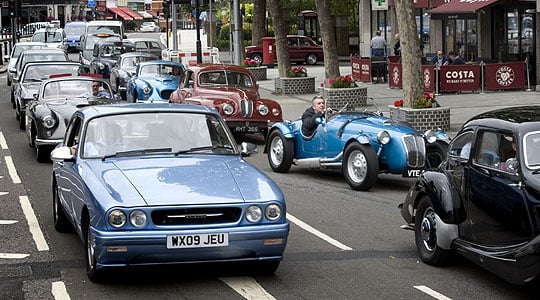
And, perhaps most importantly, new Bristol motor cars will be built in Britain. You’ll still be able to walk into the famous 368-370 Kensington High Street showrooms to order one, too.
Once the line of Bristols had arrived at the headquarters of Frazer-Nash at Mytchett, near Camberley in Surrey, there was lunch and a presentation by the Frazer-Nash management on the high-tech projects the company has been working on (‘Extended Range’ electrics and hybrids), while also taking note of what such a celebrated audience felt ‘makes a Bristol’.
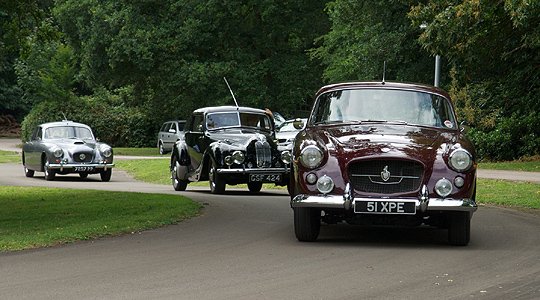
It was a clearly a case of ‘old meets new’ and the partnership will be an interesting one. Frazer-Nash is not simply collecting brands; the future could well see the effortless torque of all-electric, or hybrid powertrains available in a typically Bristol styled and (British-) built four-seater.

The Bristol Fighter
Road tests of Bristol motor cars were a rarity in the days when Tony Crook owned the company; ‘rare’, that is, as in non-existent. Nowadays, the management is much more amenable to members of the press, and several were in charge of a demonstrator, or showroom car, in the convoy which snaked through South West London.
My time behind the wheel of a Bristol can be measured in hours, not days. In fact, I’m surprised there’s not a gauge to measure it, as the Fighter has such a plethora of dials, knobs and switches (including one that records the engine’s running time in hours). As I’m IN the car rather than OUT of it, the love-it-or-hate-it looks have no effect on me. I am serene, and cheekily given the thumbs-up by passing workmen as I latch-on determinedly to the car in front...
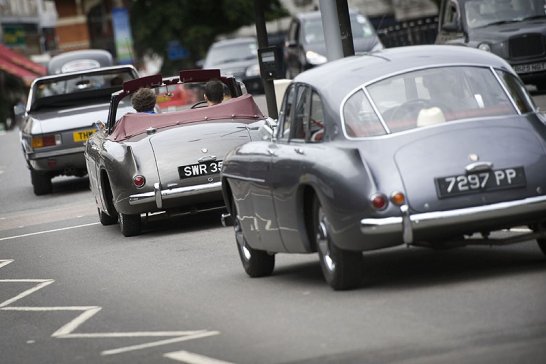
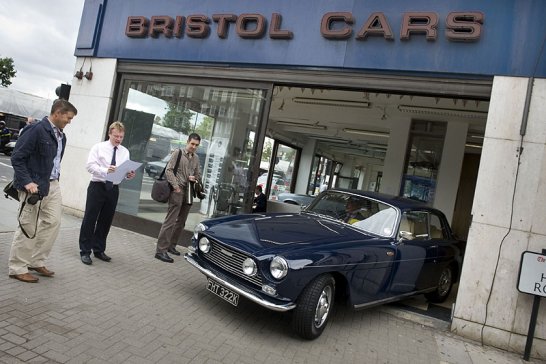
... which is, of course, another Bristol. The Fighter's engine is Dodge Viper derived, the Chrysler V10 offering such colossal levels of torque that it’s best to slot the handily placed gearlever into the next available ratio as soon as the revs reach four figures. As with the Blenheim driven last year, I have to repeat that, as long as you set aside the preconceptions, the overwhelming feeling of driving a Bristol is that the driving position, the visibility, the proximity of all the controls is very ‘right’.
Mercedes and BMW might have roomfuls of computers and a robot that sits up and down on a seat 1000 times a day, but the engineers at Bristol have achieved just as good (if not better, Ingolstadt) with - one can only imagine - a slide-rule, a bag of Maltesers and the dummy used in The Colditz Story.
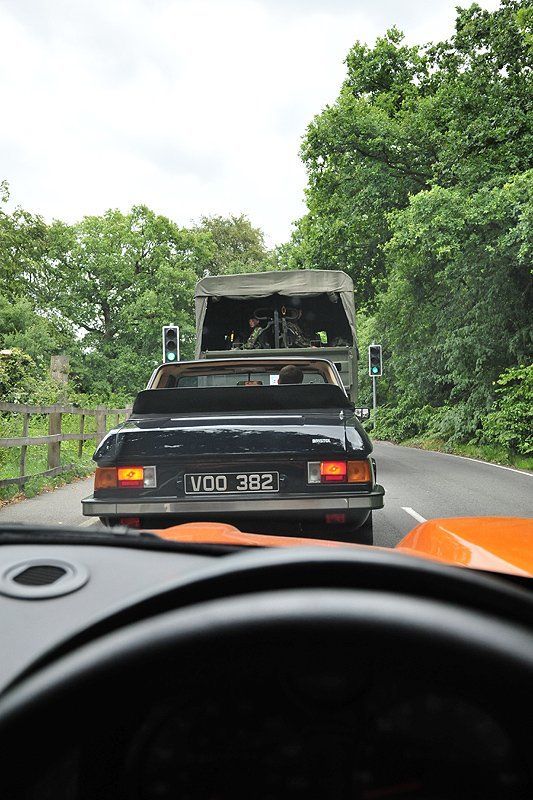
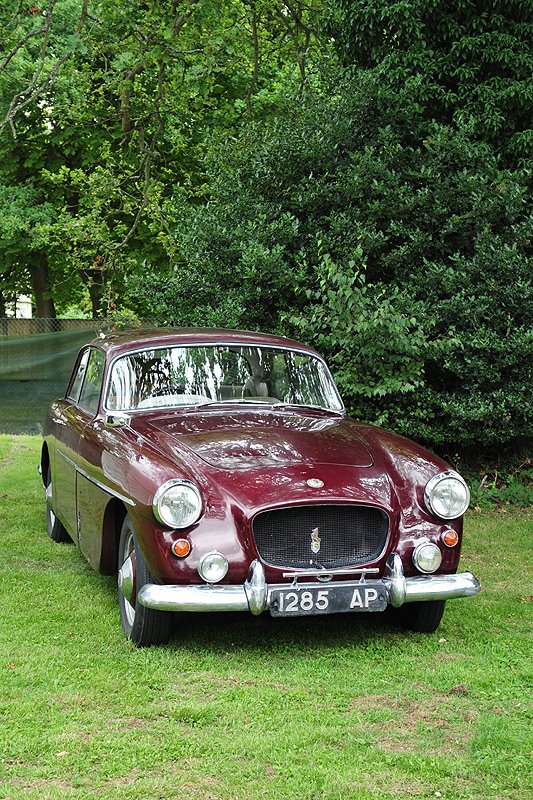
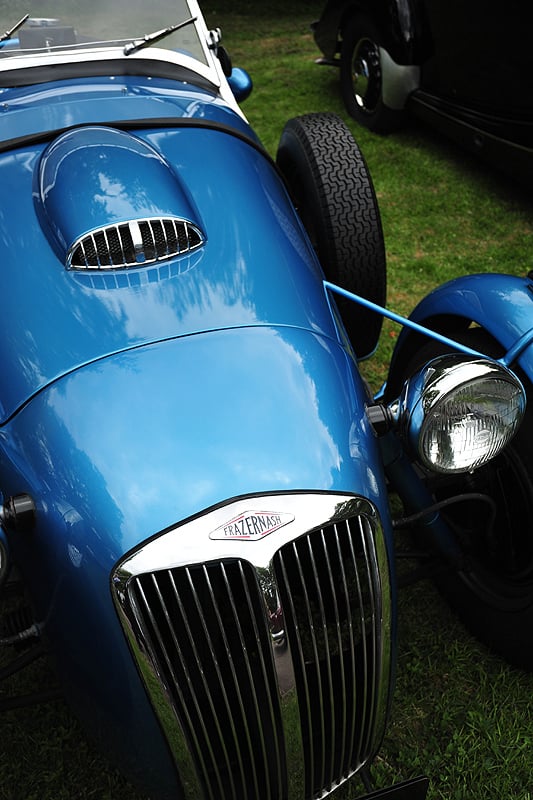
Like all Bristols, the Fighter is slim-hipped. Which means it can pass through London traffic (and the width restriction on Hammersmith Bridge) with ease. It will also cruise at motorway speeds with the engine barely turning. True, I left testing its 200mph+ performance for another day.
And being realistic, offering some unpaid advice to the new owners of Bristol, I’d have to say: leave the astronomical top speeds to the experts, gentlemen. The big car companies have the money, and while producing an aerodynamic, advanced high-speed car in the late 40s (92mph in 1947 wasn’t bad going for the 400 saloon) was impressive, there’s no need to simply scale that up for the 21st Century.
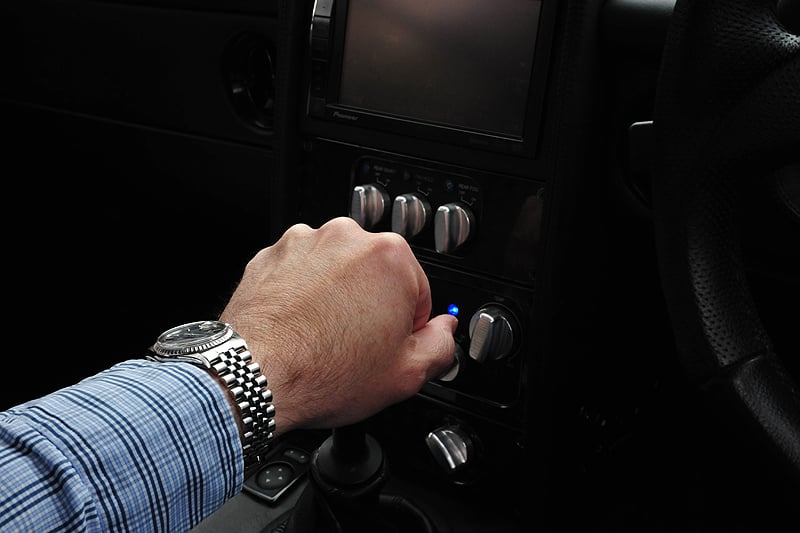
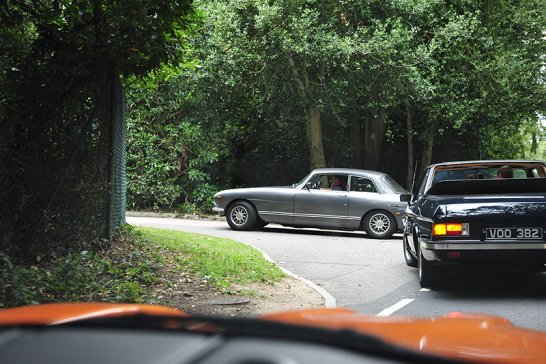
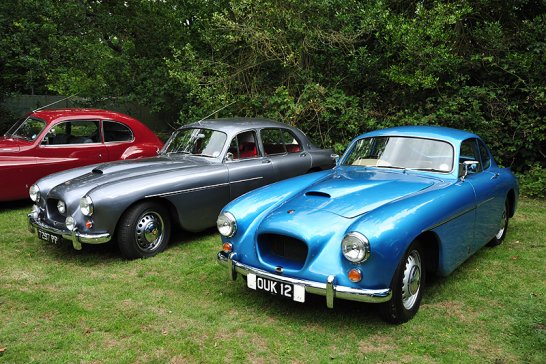
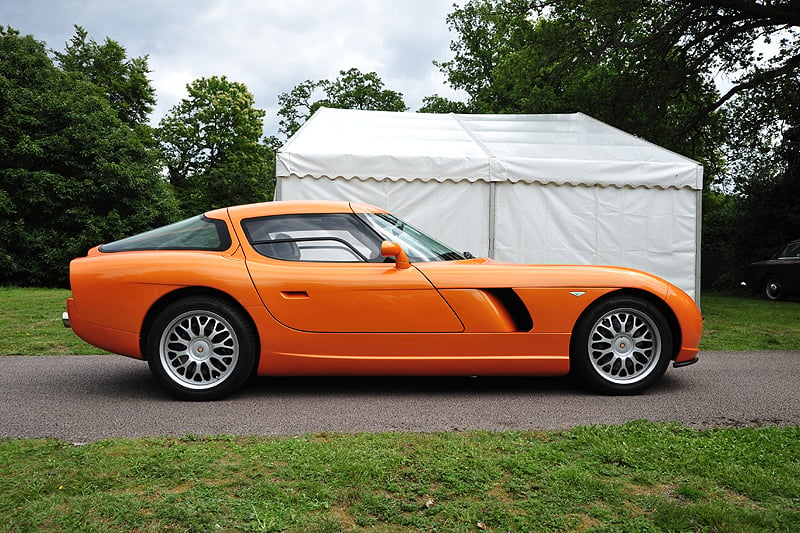
No, Frazer-Nash, keep the quirky Bristol Cars DNA, maintain the superb interior ergonomics, clothe your new car in at least girl-next-door styling, and use a powertrain that’s economical and effortless up to a maximum speed of 120mph or so, with no rattles or squeaks.
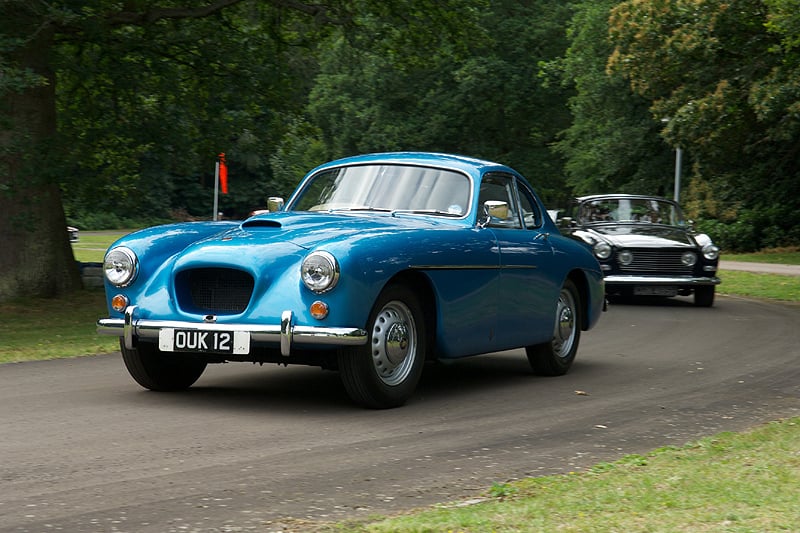
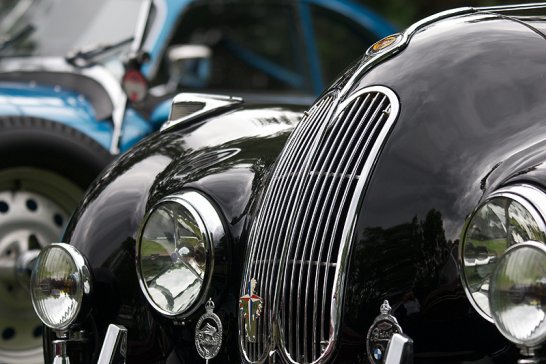
All of that, plus ditching the parts bin of 1970s switches and dials, will give the marque a bright future.
In recent years, ‘no one has made cars like Bristol’. Its future under Frazer-Nash ownership will give that expression a positive, rather than negative connotation.
Text: Steve Wakefield
Photos: Bristol Cars / Classic Driver
ClassicInside - The Classic Driver Newsletter
Free Subscription!















